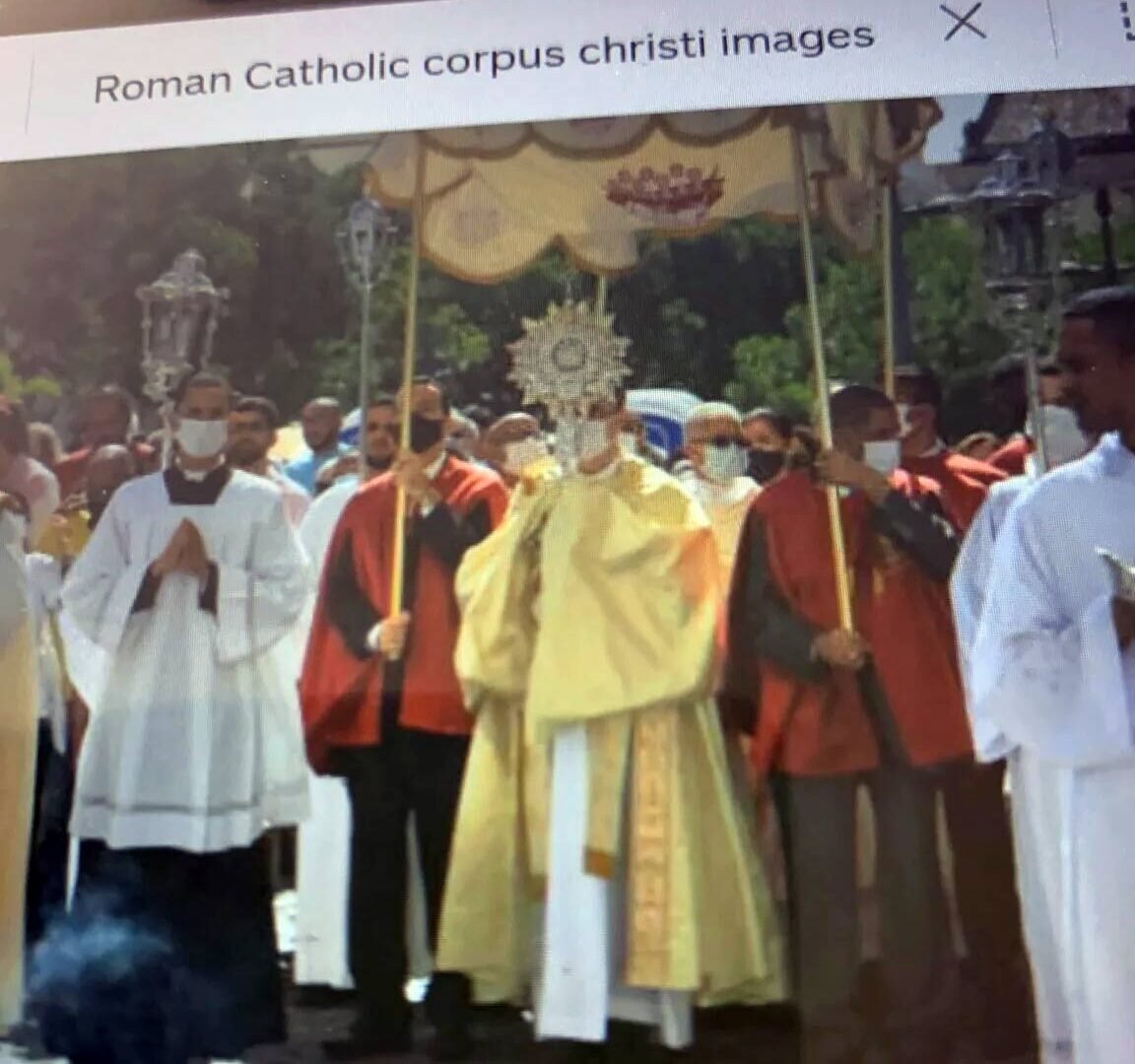More abominations of the Antichrists
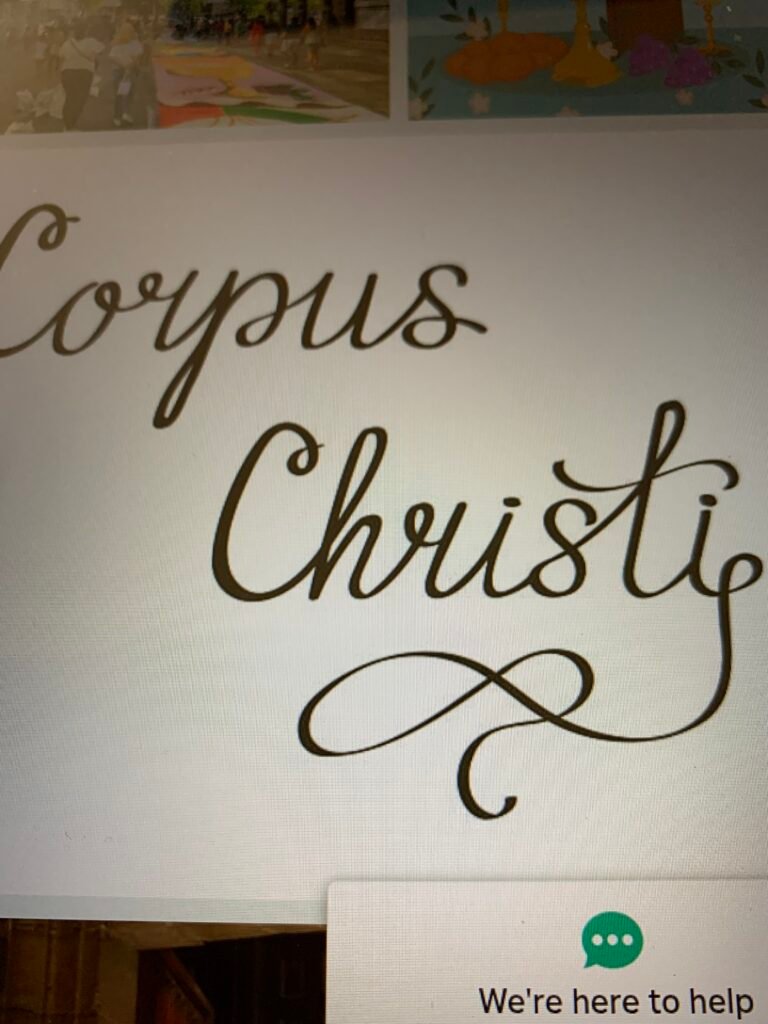
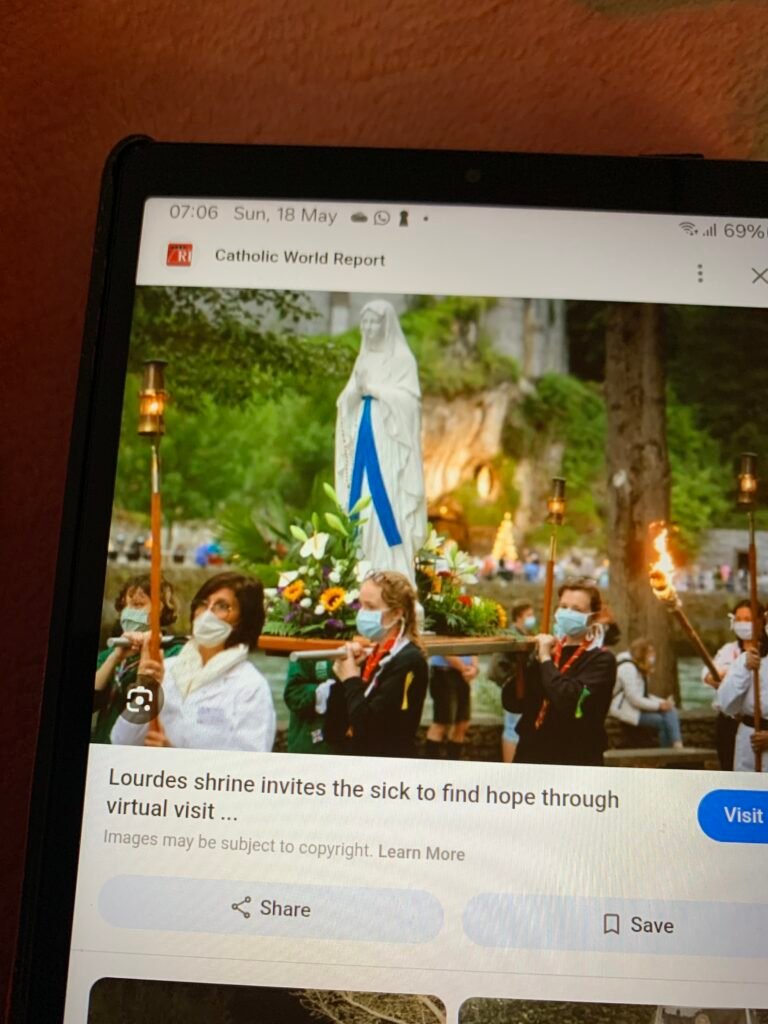

From
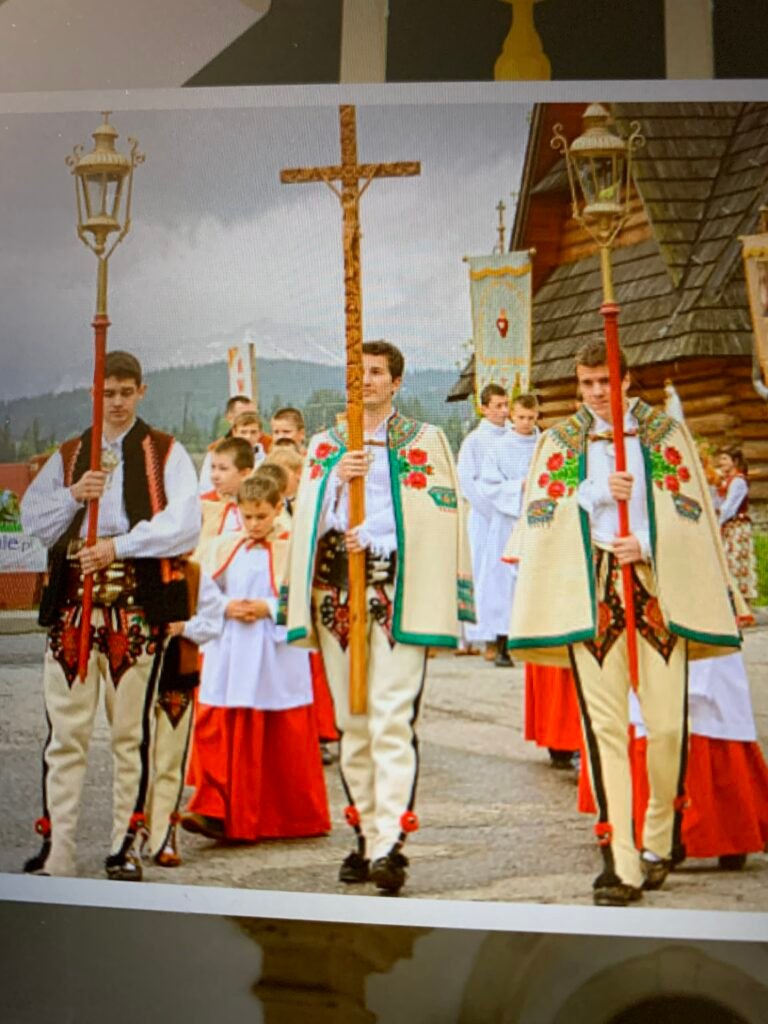

“
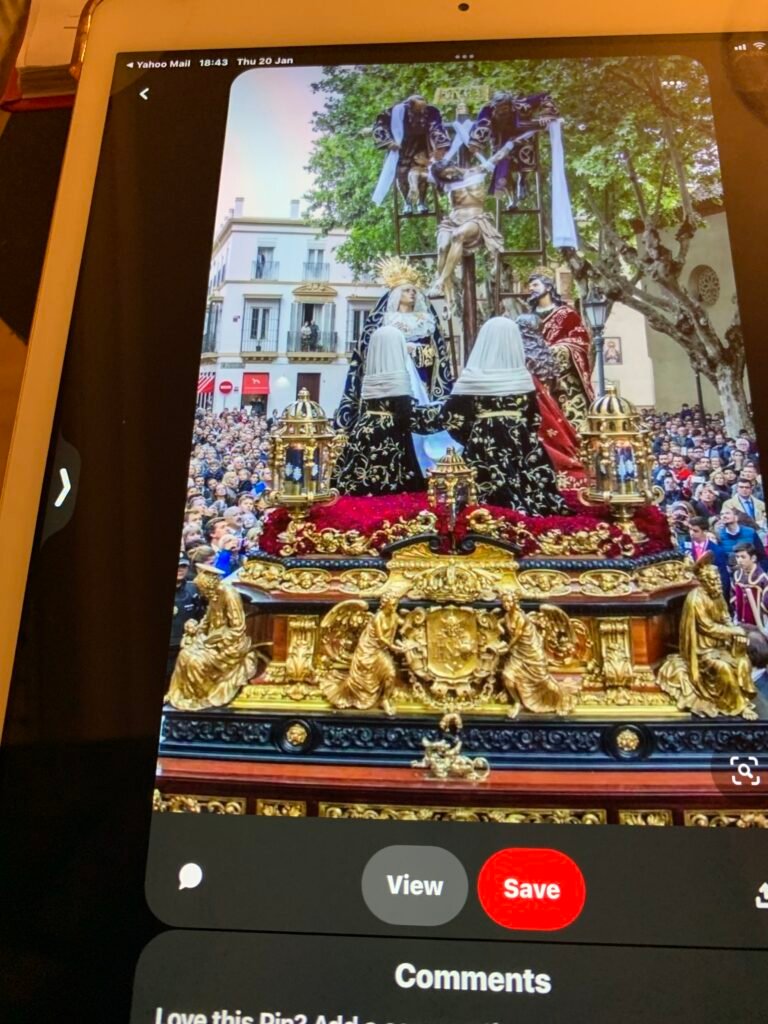
Corpus Domini” redirects here. For other uses, see Corpus Domini (disambiguation).
| Solemnity of the Most Holy Body and Blood of Christ | |
|---|---|
| Corpus Christi procession. Oil on canvas by Carl Emil Doepler. | |
| Official name | Solemnity of the Most Holy Body and Blood of Christ |
| Also called | Corpus Domini |
| Observed by | Roman Catholic ChurchLutheran ChurchesAnglican CommunionOld Catholic ChurchWestern Rite Orthodoxy[1] showPublic holiday in 25 countries (in 3 of them, only regionally) |
| Liturgical color | White |
| Significance | Real Presence of Christ in the Eucharist |
| Date | Thursday after Trinity Sunday; 60 days after Easter, or the Sunday immediately following this |
| 2024 date | May 30 |
| 2025 date | June 19 |
| 2026 date | June 4 |
| 2027 date | May 27 |
| Frequency | Annual |
| Related to | Maundy ThursdayFeast of the Sacred HeartFeast of the Most Precious Blood |
| Part of a series on the |
| Eucharist Lord’s SupperCommunion |
|---|
| showElements |
| showRitual and liturgy |
| hidePractices and customsClosed and open tableCommunion under both kindsAdorationDisciplineThanksgivingReserved sacramentFeast of Corpus ChristiFirst CommunionInfant communionViaticumVessels PatenChaliceSpoonFractionIntinction |
| showHistory |
| showTheology |
| showDenominational teachings |
| showRelated articles |
| vte |
The Feast of Corpus Christi (Ecclesiastical Latin: Dies Sanctissimi Corporis et Sanguinis Domini Iesu Christi, lit. ‘Day of the Most Holy Body and Blood of Jesus Christ the Lord’), also known as the Solemnity of the Most Holy Body and Blood of Christ,[2] is a liturgical solemnity celebrating the real presence of Christ in the Eucharist; the feast is observed by the Latin Church, in addition to certain Western Orthodox, Lutheran, and Anglican churches. Two months earlier, the institution of the Eucharist at the Last Supper is observed on Maundy Thursday in a sombre atmosphere leading to Good Friday. The liturgy on that day also commemorates Christ’s washing of the disciples’ feet, the institution of the priesthood, and the agony in the Garden of Gethsemane.
The feast of Corpus Christi was proposed by Thomas Aquinas, Doctor of the Church, to Pope Urban IV, in order to create a feast focused solely on the Holy Eucharist, emphasizing the joy of the Eucharist being the Body and Blood, Soul and Divinity of Jesus Christ. Having recognized in 1264 the authenticity of the Eucharistic Miracle of Bolsena, on input of Aquinas,[3][unreliable source?] the pontiff, then living in Orvieto, established the feast of Corpus Christi as a Solemnity and extended it to the whole Roman Catholic Church.[4][5]
The feast is liturgically celebrated on the Thursday after Trinity Sunday or, “where the Solemnity of The Most Holy Body and Blood of Christ is not a holy day of obligation, it is assigned to the Sunday after the Most Holy Trinity as its proper day”.[6]
At the end of Holy Mass, there is often a procession of the Blessed Sacrament, generally displayed in a monstrance. The procession is followed by the Benediction of the Blessed Sacrament.[7] A notable Eucharistic procession is that presided over by the Pope each year in Rome, where it begins at the Archbasilica of St. John Lateran and passes to the Basilica of Saint Mary Major, where it concludes with the aforementioned Benediction. Corpus Christi wreaths, which are made of flowers, are hung on the doors and windows of the Christian faithful, in addition to being erected in gardens and fields.[7]
